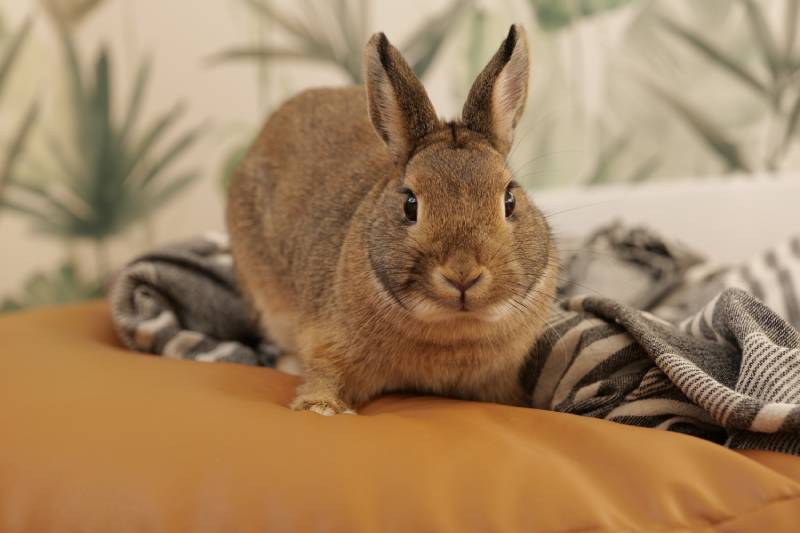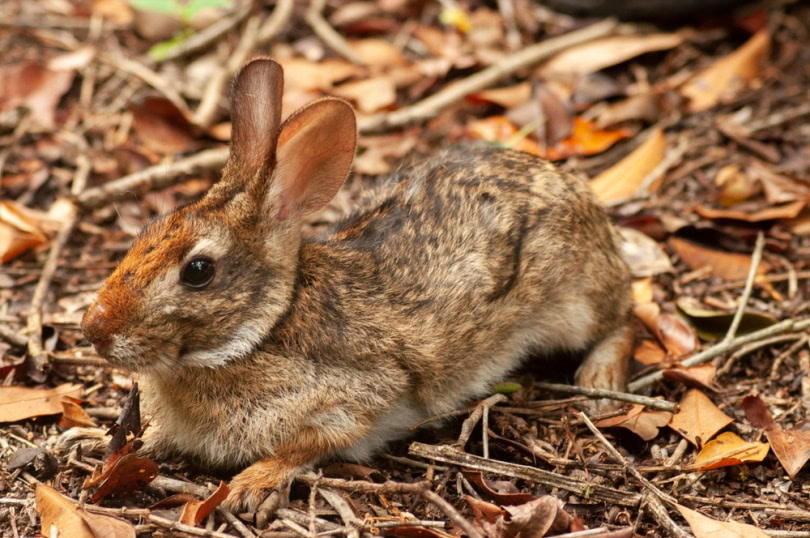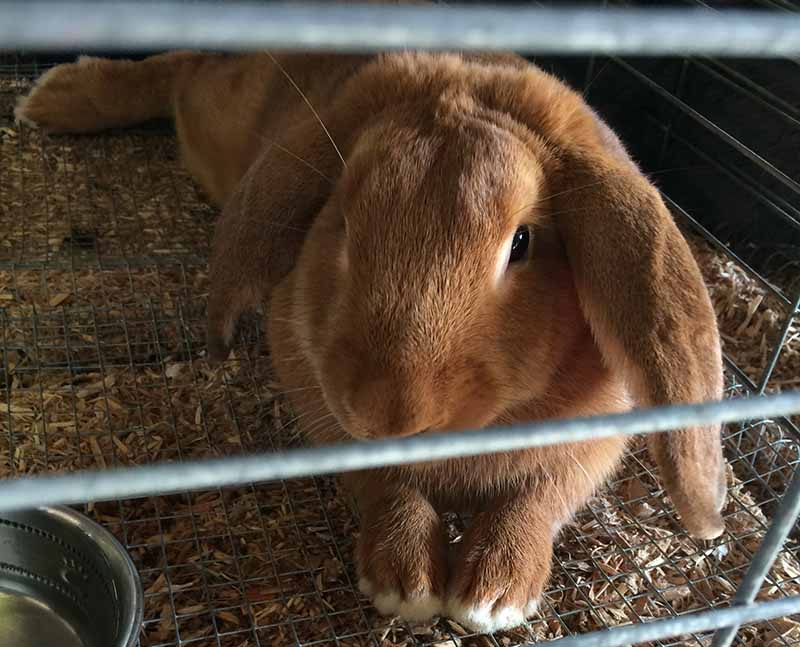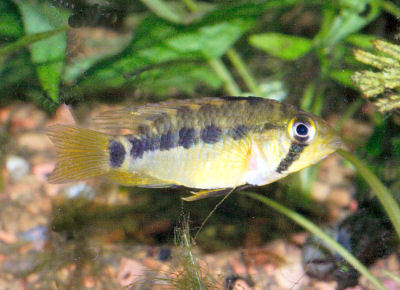Click to Skip Ahead
Dutch Rabbits were once the most popular breed in the world, and they’ve maintained a position in the top 10 most popular breeds. Considered a small to medium-sized rabbit, the Dutch fell out of favor for a while when dwarf rabbits were developed. Today, they’re still a solid family pet or companion for anyone who wants a curious, affectionate, and quiet furry roommate.
| Size: | Small to medium |
| Weight: | 3.5–5.5 pounds |
| Lifespan: | 5–10 years |
| Similar Breeds: | Jersey Wooly, Hollander, Lionhead, Mini Lop |
| Suitable for: | Beginner or experienced rabbit owners |
| Temperament: | Sweet, affectionate, friendly, playful |
Despite its name, the Dutch Rabbit was bred in England after being imported from Belgium. Genetically, the Dutch Rabbit is closest to an extinct French breed called the Petit Brabançon, which showed similar markings if you check out old paintings of them. Today, the Dutch Rabbit is available in a riot of colors, including blue, chocolate, black, chinchilla, tortoise, and more.
Dutch Rabbit Breed Characteristics

How Much Do These Rabbits Cost?
Dutch Rabbits are some of the most widespread in the world, so they’re typically inexpensive. Adopting an older bunny from a rescue organization could save you money, though there’s typically a small adoption fee of $15 to $30.
Getting a bunny from a breeder will run you a bit more, with low estimates hovering around $30 up to as much as $70 to $90. Remember that this is just the initial cost to get your Dutch Rabbit and doesn’t include the cost of veterinary appointments, vaccinations, or any supplies.
You should always make sure you budget for everything you’ll need to care for your new Dutch Rabbit, as there can be some unexpected costs. Overall, rabbits are cheaper to feed than dogs.
Temperament & Intelligence of the Dutch Rabbit
Do These Rabbits Make Good Pets? 🧑🧑🧒
Dutch Rabbits are excellent pets for nearly any household. However, we must mention that they require supervision around children. Bunnies are fragile creatures that can be easily hurt or startled, so we recommend adult supervision for kids handling a Dutch Rabbit.
Dutch Rabbits also make great companions for people who don’t or can’t have a dog or perhaps apartment dwellers looking for a quiet rabbit to call their own. They dislike being alone, which is why we suggest getting a pair if it’s feasible for you. Pairs keep each other happy when you’re away, which is great if you work long hours. If you have a lot of time and attention to give them, however, just one Dutch Rabbit can work out fine, too.
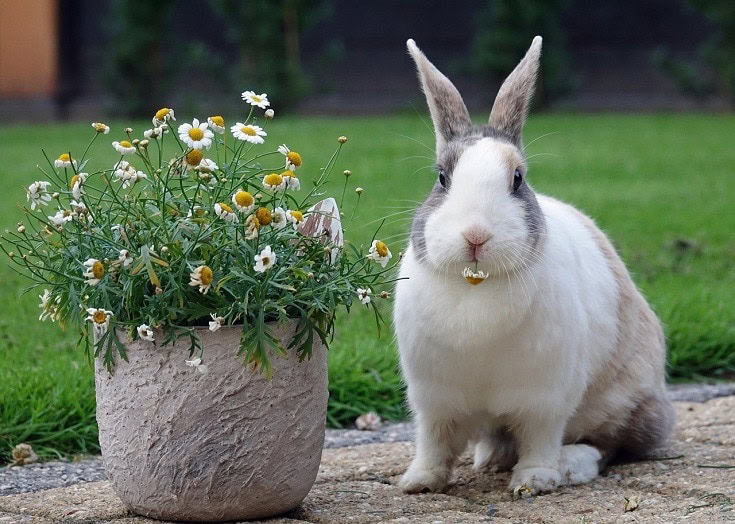
Does This Rabbit Get Along With Other Pets? 🐶 😽
Like most bunnies, the Dutch Rabbit gets along best with other rabbits. As prey animals, they do poorly with cats and dogs, but they’ve been known to tolerate some smaller dogs. Introducing a rabbit to your other pets must be a slow process to avoid any stress between the two.

Things to Know When Owning a Dutch Rabbit
Food & Diet Requirements 🥕
Dutch Rabbits prefer to subsist on hay and grass like most rabbits, but pellet food and fresh greens are always a good idea in moderation. Like people, bunnies do best with a balanced diet. On average, you want their diet to be around 70%–80% fresh hay or grass like alfalfa or timothy, 10%–20% leafy greens, and only about 10% pellets. Like other breeds, the Dutch Rabbit may become disinterested in hay if you feed them too many pellets and not enough hay.
Habitat & Hutch Requirements 🏠
Like any other indoor animal, a Dutch Rabbit needs a private hutch or cage to sleep, relax, and retreat to when they feel overwhelmed. Roughly 3’ by 3’ should be plenty of space, considering they’re small bunnies, but pairs will need more space.
Dutch Rabbits learn to use the litter box relatively quickly, so if yours is trained, you can feel free to add comfortable bedding and a litter box in the corner of the cage or hutch. Avoid cages with wire bottoms, which can hurt your rabbit’s feet. If possible, a model with a removable tray is a great option to easily clean out the cage periodically.
Regarding bedding material, shredded paper, wood shavings, cardboard, or loose hay are all viable choices. They insulate your rabbit’s cage and keep them comfortable, plus they discourage destructive chewing on the edges or wires of the cage.
Lastly, your bunny might get bored, so give them several toys to play with when they’re in their cage or hutch. Pairs tend to keep themselves busier playing and grooming, but toys are useful for any rabbit habitat.
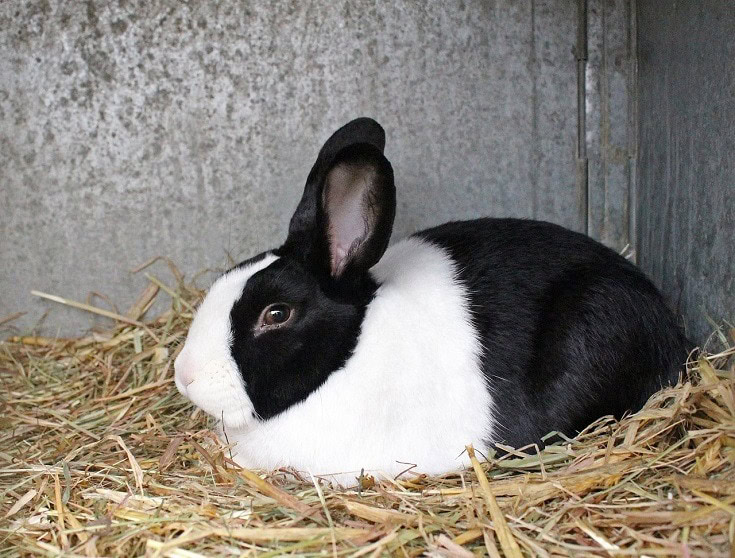
Exercise & Sleeping Needs 🐇
Dutch Rabbits are an active breed that needs around 4 hours to hop around, explore, and play each day. Like most bunnies, they need ample socialization and time to roam, or they can become depressed or anxious. Most owners adopt pairs of rabbits so they can play and sleep together, which is ideal if you have the means. If not, you must spend more one-on-one time with your rabbit to keep them happy and healthy.
A Dutch Rabbit needs about 6 to 8 hours a day, though individual preferences may vary. Bunnies tend to be crepuscular, so they’re most active during the twilight and dawn hours. It’s normal for your rabbit to appear to have more than one “waking period.”
Training 🥎
Dutch Rabbits are bright and easily trained, but it takes patience. Young rabbits are easily distracted and can’t pay attention for very long, so you’ll want to use short training sessions with simple goals. For instance, you can reward your bunny when they respond to their name. Develop a consistent routine and only use positive reinforcement for good behavior.
Short, regular sessions at around the same time of day will help your Dutch Rabbit learn more quickly and reinforce the things they learn. Aim for two or three short sessions at around 5 minutes each per day, but don’t overdo it if your rabbit isn’t interested—take it at their pace.
As prey animals, the Dutch Rabbit is easily startled and prone to flights of fear or anxiety. Raising your voice or punishing your rabbit for bad behavior won’t work and will only make your bunny distrusting and fearful of you.
Grooming ✂️
Dutch Rabbits are fastidious groomers, much like cats, which makes them pretty low-maintenance. They also don’t have a long coat compared to other rabbits, which cuts down on shedding. One session with a soft brush should be enough to keep their coat presentable, and you should always keep an eye on their nails. Trim them every 3 or 4 weeks down to a manageable length, or you may consider visiting a pet groomer if you’re uncomfortable doing it yourself.
Lifespan and Health Conditions 🏥
On average, a Dutch Rabbit can live between 5 and 10 years, with the oldest living to 15 years. It’s essential to watch for abnormal signs in your bunny, as they can signify a wide range of common conditions.
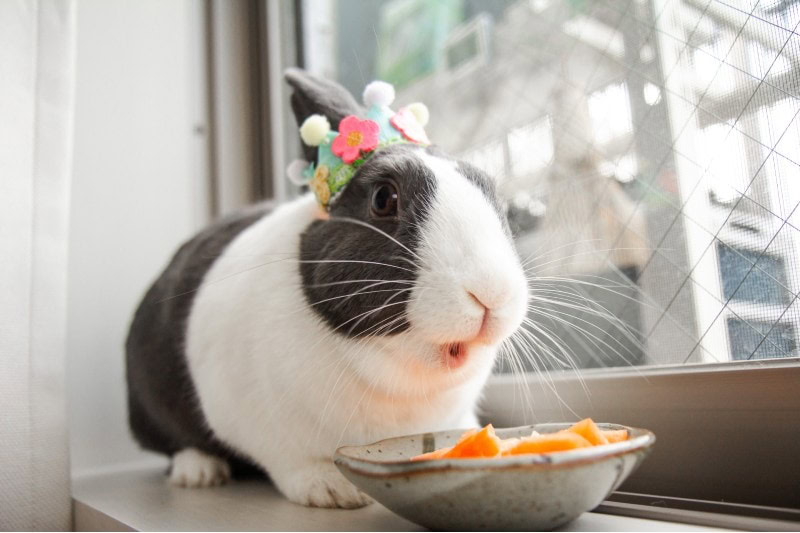
- Overgrown teeth
- Digestive disorders
- Reproductive cancers
- Rabbit hemorrhagic disease
- Dental disease
- Respiratory conditions
Male vs Female
Male Dutch Rabbits are larger than females, and they’re more playful and active. However, females are more loving and relaxed.

The 3 Little-Known Facts About the Dutch Rabbit
1. They Have Several Names
The Dutch Rabbit has also been known as the Hollander rabbit and Brabander rabbit.
2. Dutch Rabbits Can Run Up to 35 Miles Per Hour!
That may not measure up to the Black-Tailed Jackrabbit that can reach 45 miles per hour, but this humble house bunny is surprisingly speedy when they want to be. Rabbits typically sprint when they’re very excited or scared.
3. Dutch Rabbits Are Known by Their Face Markings
Even if you didn’t know it was a specific breed, you’ve likely seen the Dutch Rabbit before. They’re known by their face and body markings, which vary in color but stay roughly the same shape on many individual bunnies.
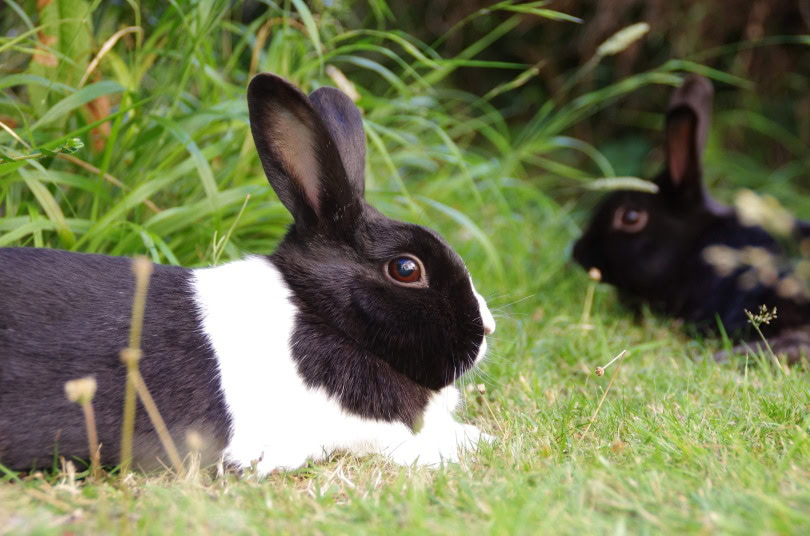

Final Thoughts
Dutch Rabbits are one of the most popular breeds in the world for a reason: they’re gentle, affectionate, playful, and relatively low-maintenance pets. They require more supervision when they’re interacting with children, but otherwise, they provide endless hours of zany antics and cuddles.
Featured Image Credit: Volha Suhakova, Shutterstock
